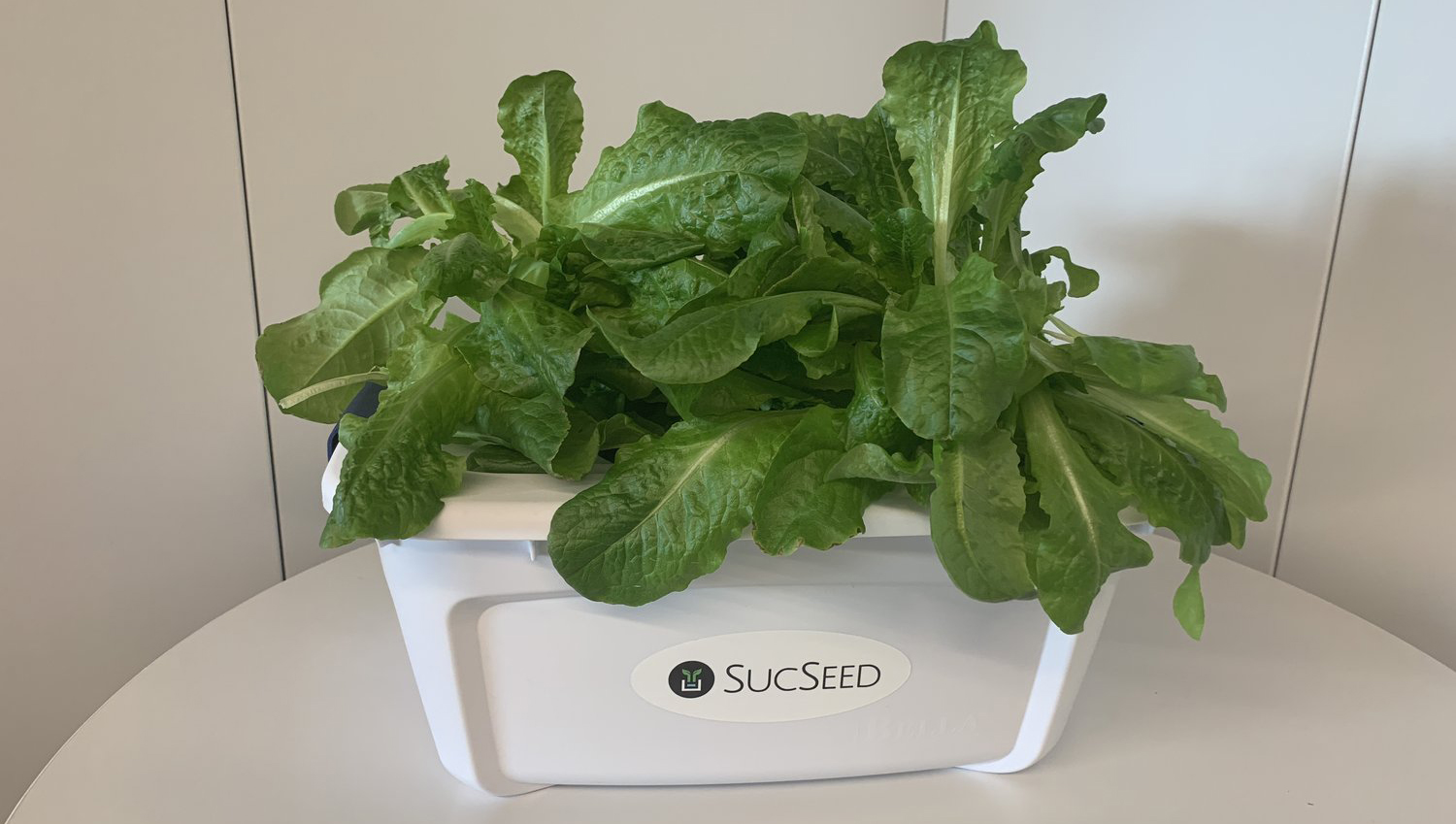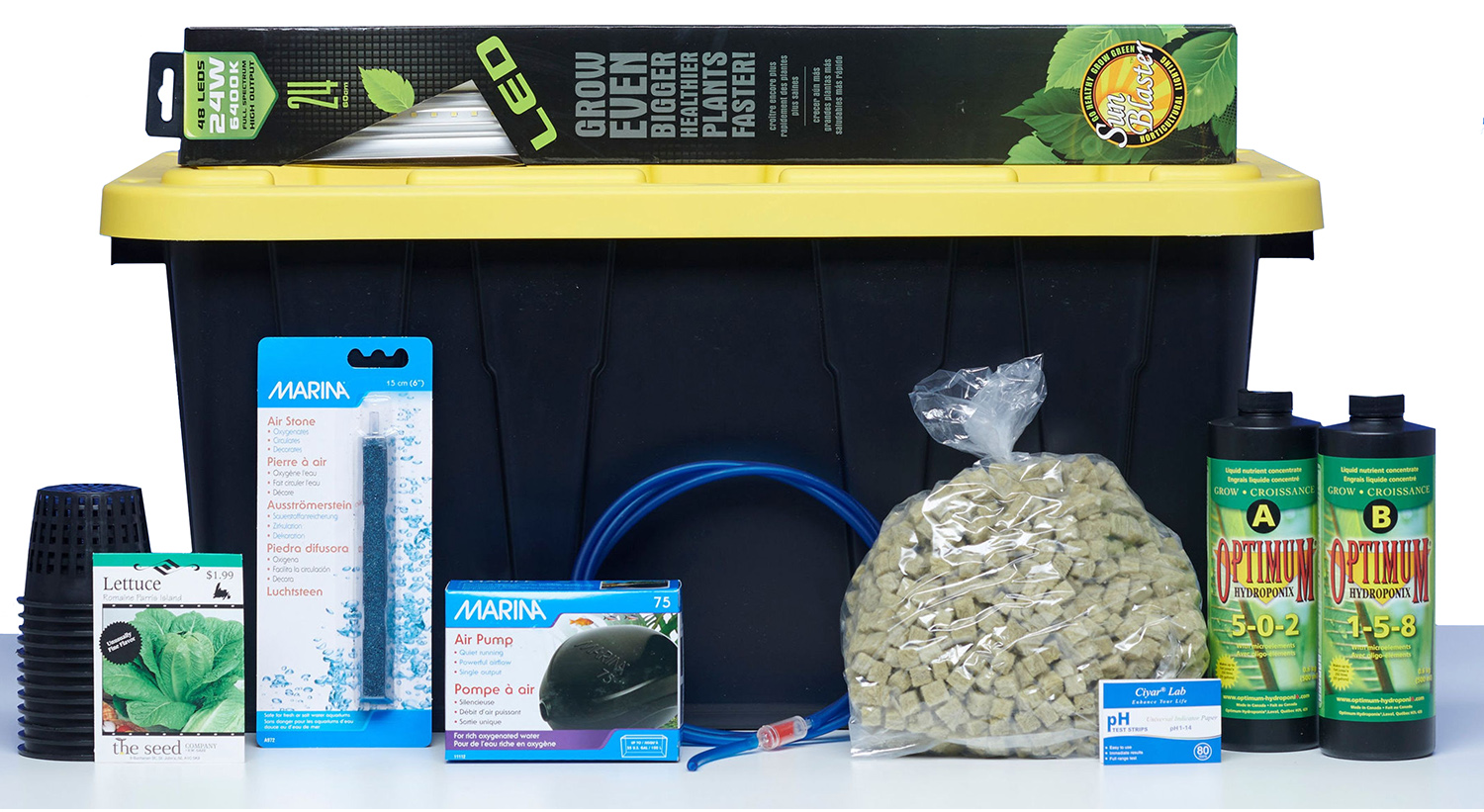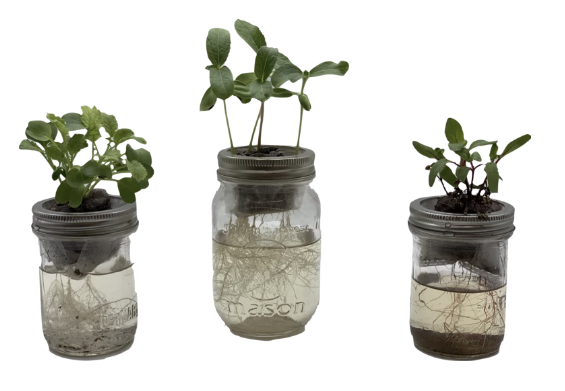


Open to Canadian residents only.

Located in St. John’s, Newfoundland and Labrador, SucSeed is a social enterprise dedicated to improving food security in some of Canada’s most rural and remote regions by creating small-scale hydroponic systems to grow fresh, healthy, local food almost anywhere. The units are built by at-risk youth and a portion of all profits are invested back into communities.
SucSeed first started as an Enactus Project at Memorial University. In 2016, Emily Bland and her dedicated team of four women pitched the idea at Enactusand, to their surprise, won the Enactus World Cup.
Farm to Cafeteria Canada is pleased to partner with this young group of innovators who are on a shared mission to educate, build capacity and grow partnerships to bring healthy, local and sustainable food to all communities.